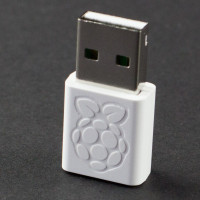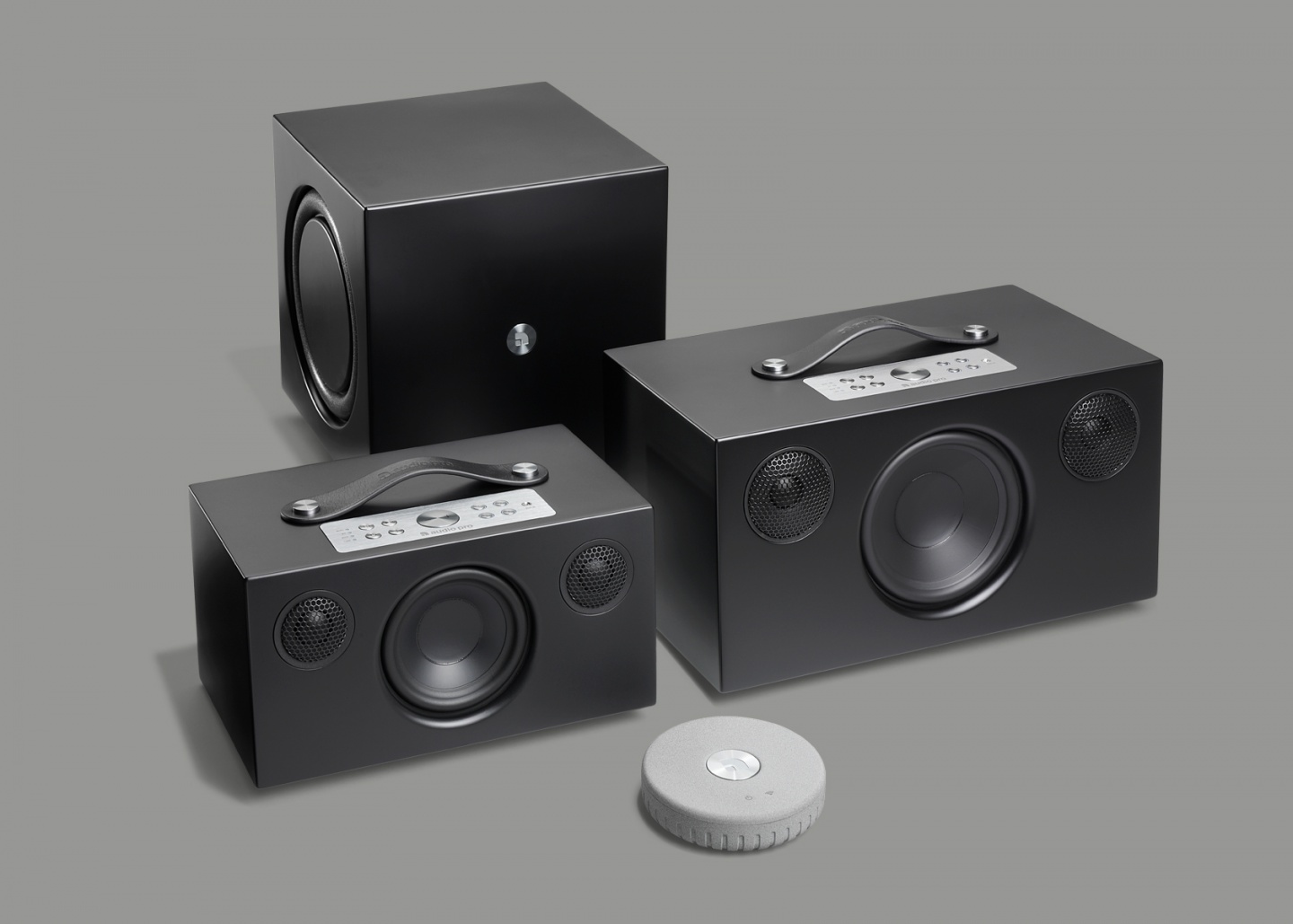
Sweden’s acclaimed speaker manufacturer Audio Pro has an interesting range of Multi-room products called the addon series. It consists of the midsize speaker addon C5, the larger speaker addon C10, the wireless sub addon C-SUB and the Link 1 which is connected to an existing setup. The brand is known for their sound quality and has been around since the seventies.
All the speakers supports Spotify Connect, Apple AirPlay and Bluetooth 4.0. They also support Tidal, TuneIn, Deezer and more through the Audio Pro multiroom app for iOS and Android. Up to five speakers can be grouped together in the app. Supported audio formats are MP3, WMA, AAC, FLAC and Apple Lossless. They can be played from a local NAS.
Addon C5 is a mid range speaker with a 40W Digital class D amplifier, 2 x 3⁄4” textile dome tweeters and a 4” long throw woofer. Apart from Wi-Fi and Bluetooth it inputs RCA and 3.5 mm stereo. The speaker was awarded product of the year 2017 by what hifi in the category Best wireless speaker £200-£500.
Addon C10 is the larger speaker with a 80W Digital class D amplifier, 2 x 3⁄4” textile dome tweeters and a 5.25” long throw woofer. It has the same inputs and outputs as C5.
Link 1 is an adapter that attaches to an existing system through 3.5mm stereo or TOSlink optical. Thus enabling wireless music on that system. A cost effective upgrade if you already have invested in a system.
Addon C-SUB delivers even more bass to the system through Wi-Fi or RCA. It connects automatically to the closest speaker in the system. It has a 200W Digital class D amplifier, a 6.5” long throw woofer and 2 x 7.5″ passive radiators.
Conclusion
The Audio Pro system has broad support for the key protocols and services in the multi-room market, is award winning and competitively priced compared to Sonos. So it should be considered when going multi-room.
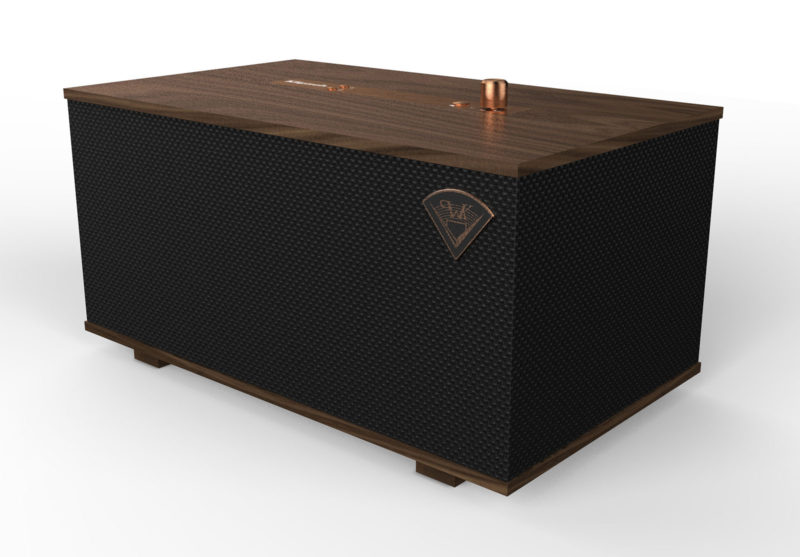
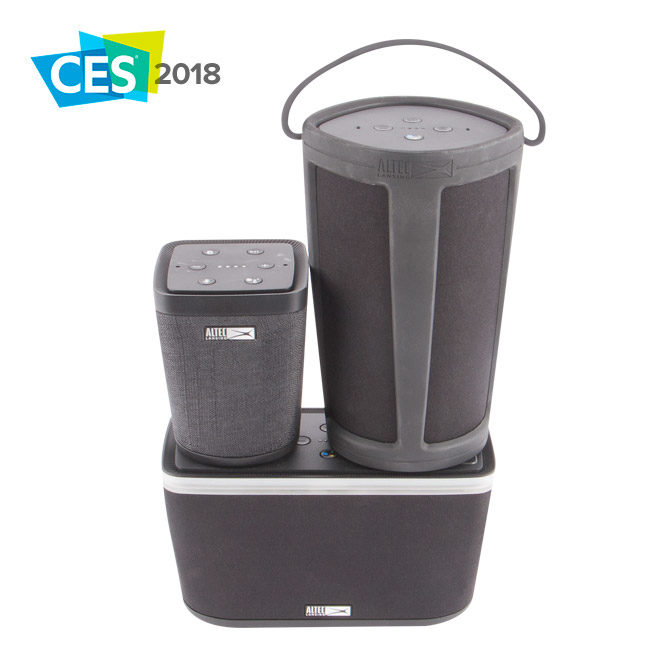
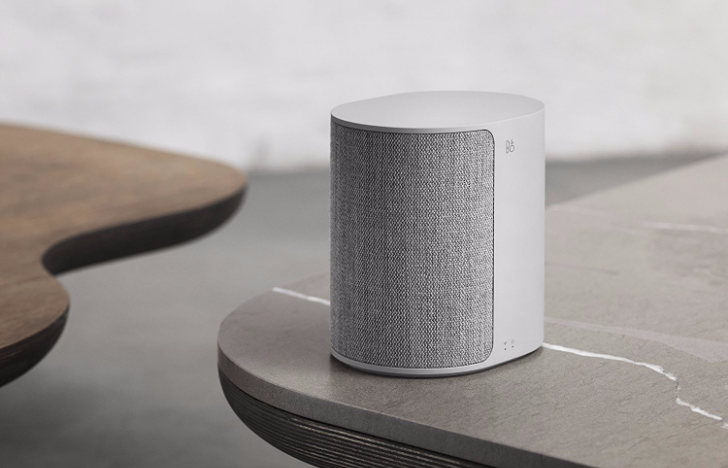
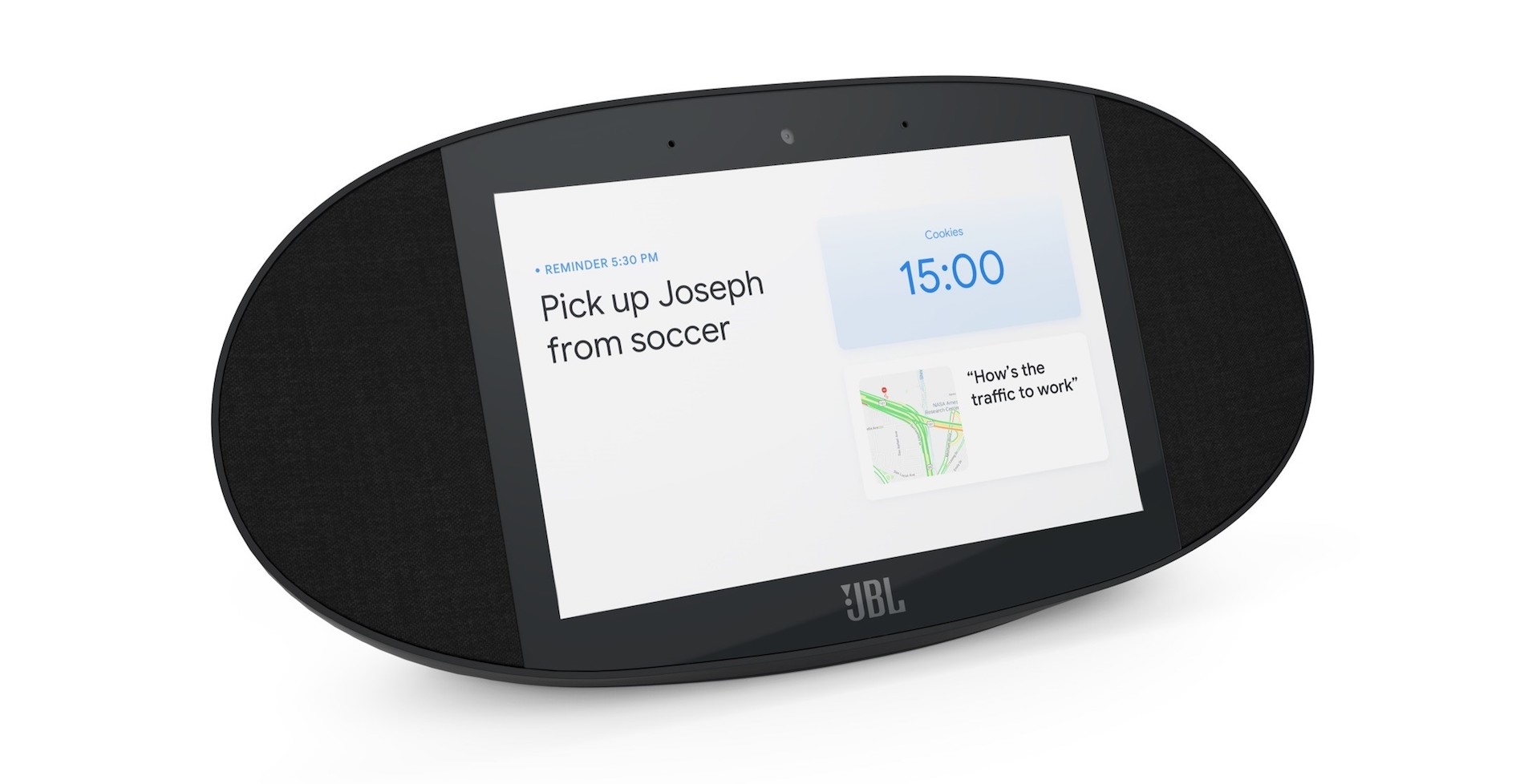
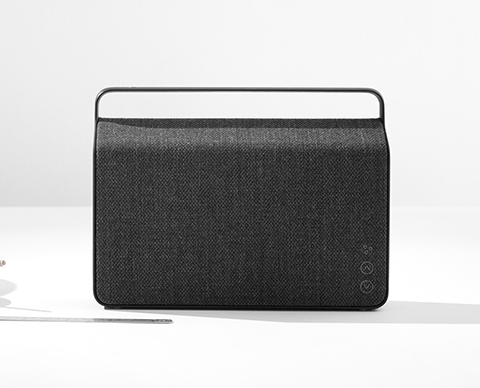
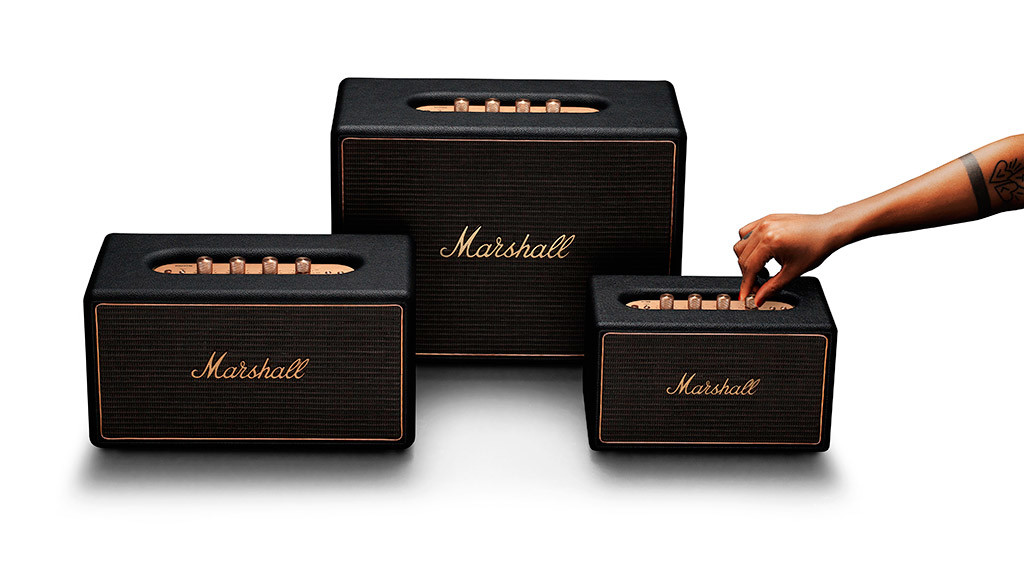
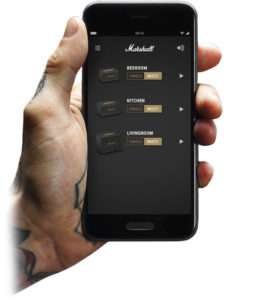 You can control the speakers with the App for
You can control the speakers with the App for 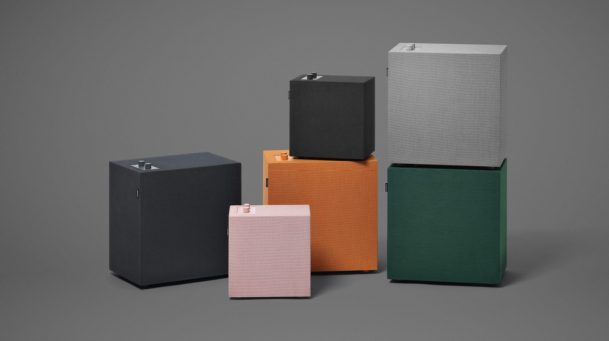
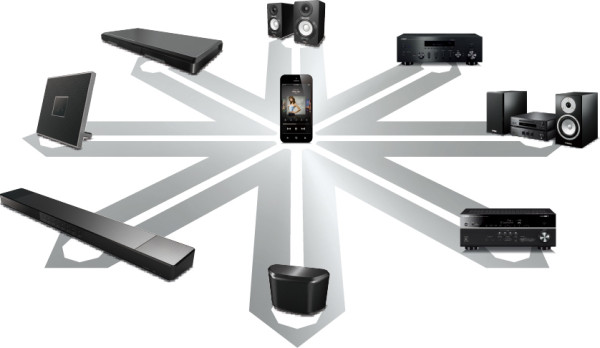
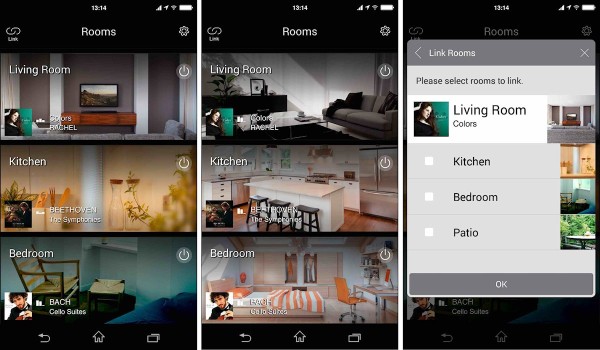
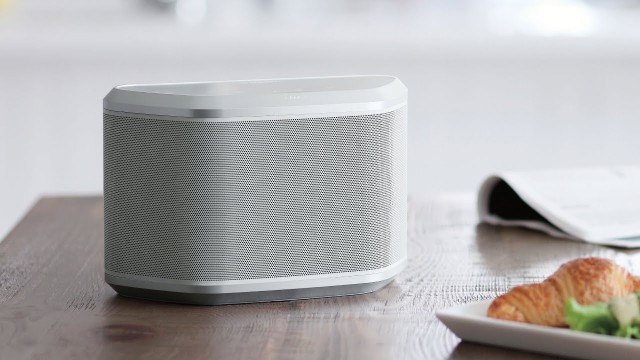
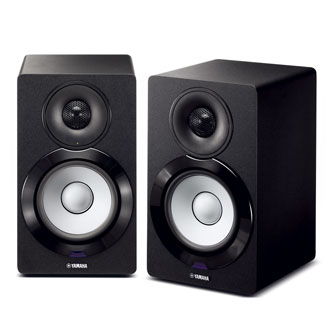
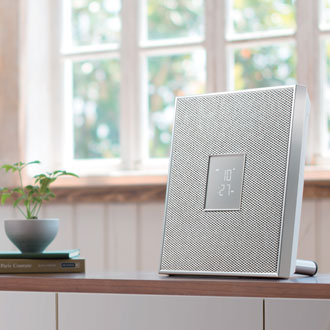
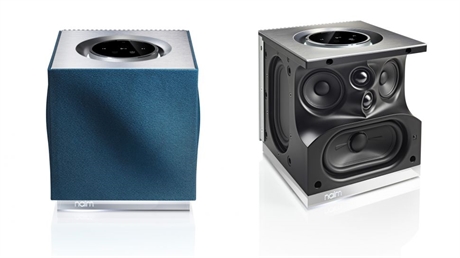
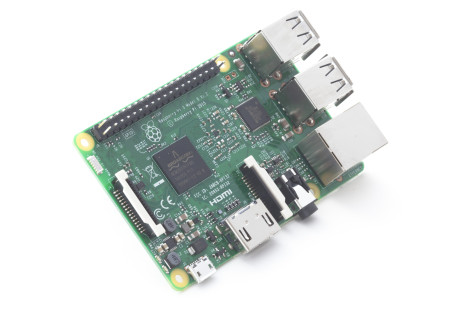 Raspberry Pi 3 has arrived with the important additions of integrated WiFi and Bluetooth which makes it an even greater multi-room media renderer than the Pi 2. The CPU power has increased 65%. The idle power consumption has dropped to only 2.5W and stays at 3.8W under load. The price stays at 35$.
Raspberry Pi 3 has arrived with the important additions of integrated WiFi and Bluetooth which makes it an even greater multi-room media renderer than the Pi 2. The CPU power has increased 65%. The idle power consumption has dropped to only 2.5W and stays at 3.8W under load. The price stays at 35$.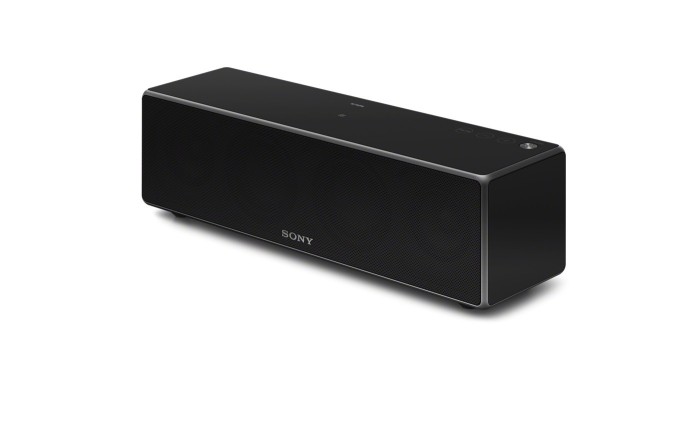

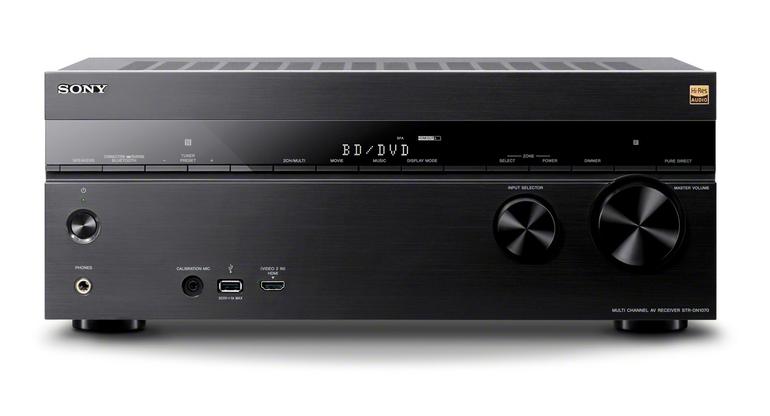
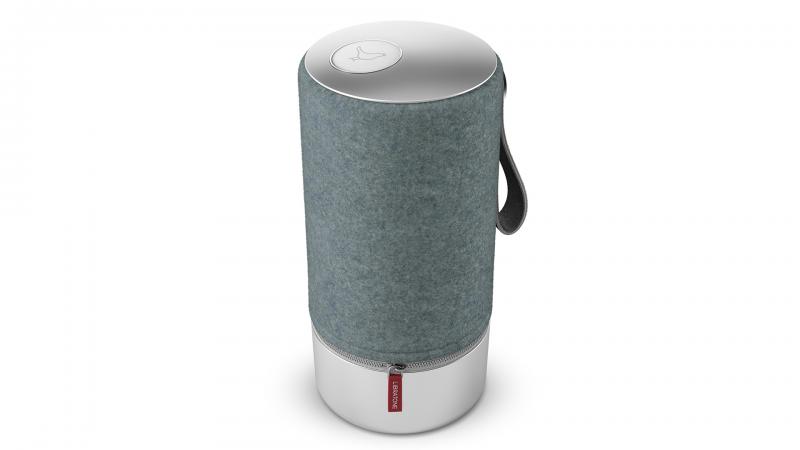
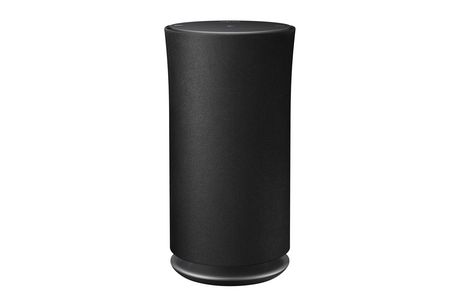
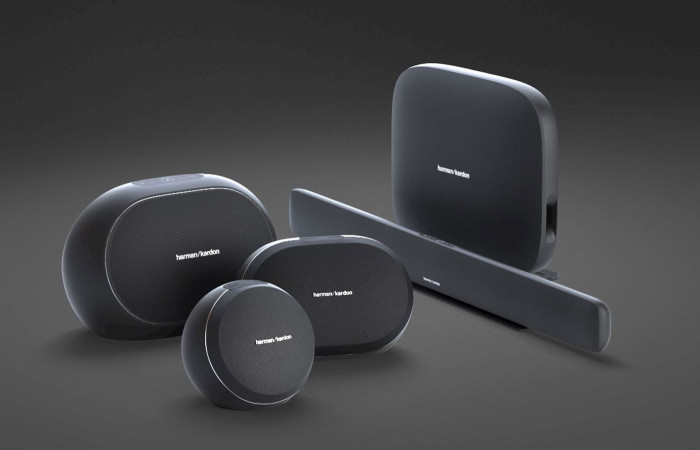
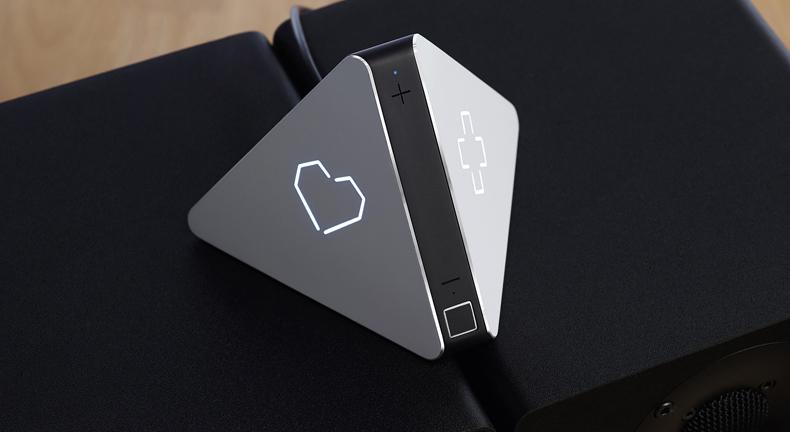
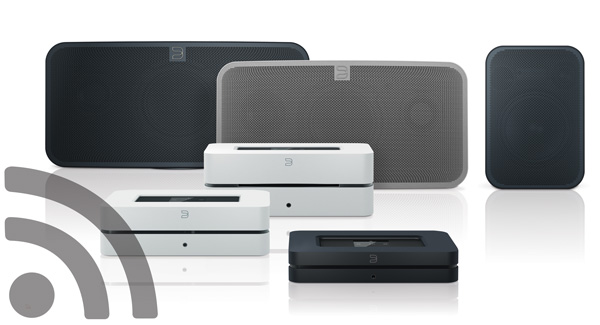
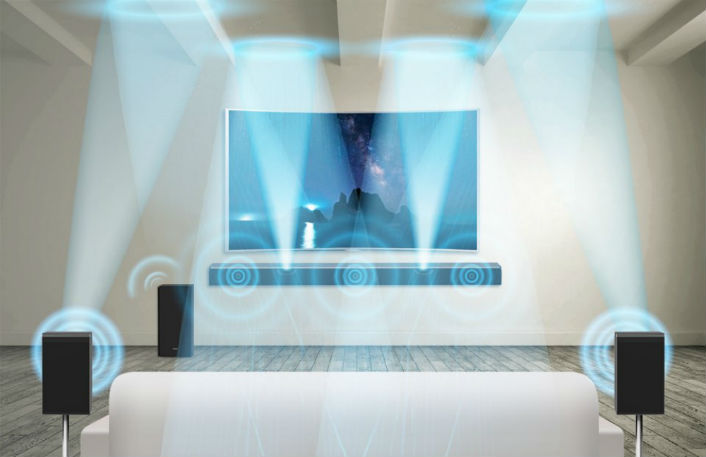
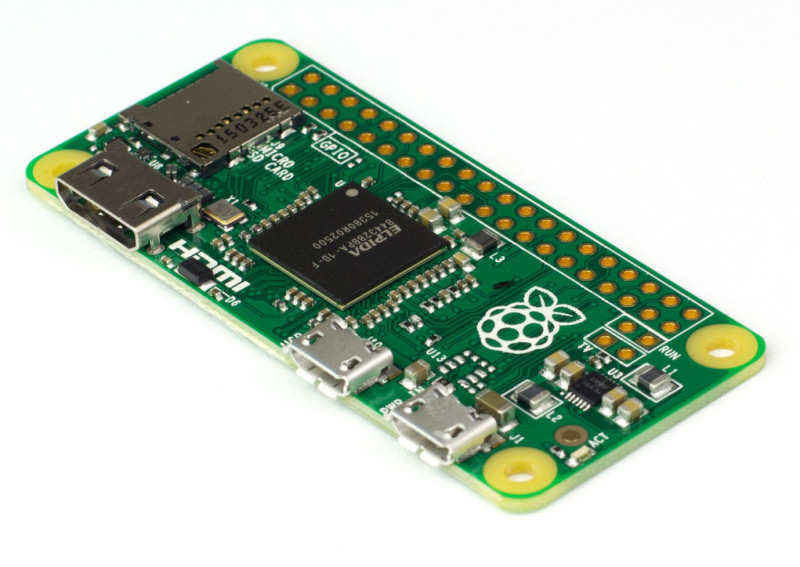 The new Raspberry Pi Zero is a smaller and stripped version that
The new Raspberry Pi Zero is a smaller and stripped version that 